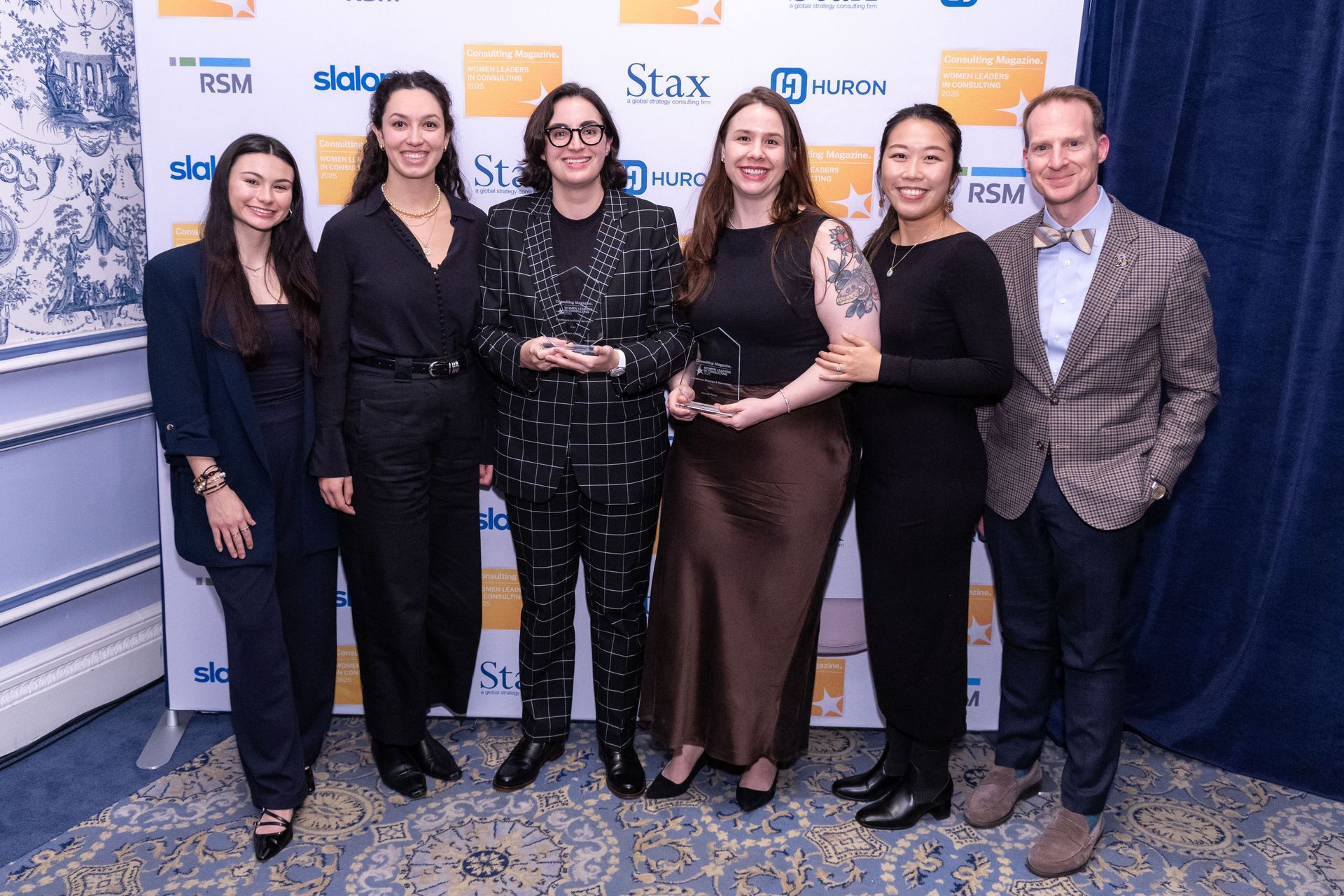Share
In an era defined by digital transformation, the demand for specialized software tailored for specific industries has grown. From the public sector (e.g., state and local government, utilities) to institutions (e.g., non-profits, schools/universities) to specialized home and field services end markets (e.g., construction, oil & gas) and financial institutions (e.g., insurance), the need for vertical-specific tools has been increasingly evident. Stax has observed several factors driving the need for vertical-specific tools across these end markets:
- Regulatory scrutiny and compliance requirements
- Reporting requirements and management of data
- Complexity of operations
- Industry-specific workflow needs
- Industry-specific integration requirements
In response to this growing demand, Stax has identified key drivers of interest for investors. Further, drawing from our experience, we have compiled a list of crucial investment considerations when pursuing a potential acquisition in these spaces.
Drivers of Interest from Investors
As focus on digitization increases across the public sector and education, home and field services, and financial institutions, investor interest has grown in recent years, driven by several factors:
Significant whitespace given technological immaturity of end markets
Many of these end markets are tech laggards, having been slow to adopt software relative to other industries. Manual/legacy tools and processes remain the norm for many businesses, providing significant runway for continued adoption and penetration of more robust and modern third-party solutions.
ROI and mission criticality of solutions
Adopters of verticalized software are quick to recognize tangible benefits from third-party solutions (e.g., time saved, improved payment collection, etc.). Solutions often become viewed as mission critical to day-to-day operations, leading to stickiness within organizations.
Strong retention profiles
Once implemented, verticalized software tends to be sticky and customers are more resistant to switching providers. Switching solutions becomes challenging given data integration across systems, initial implementation and customization investment, and the cost and disruption to retrain the workforce.
Platform build opportunities
Software is typically built with the intent to solve a portion of a customer’s overall workflow. That said, most customers are seeking as much of an all-in-one solution as possible. An expansion strategy for many companies has been to broaden capabilities across customers’ workflows—often with success, especially when a provider is viewed as the “hub” or system of record for customers.
Extendable user base
While verticalized software is specialized and focused on serving a particular end market or niche within an end market, there are often opportunities for the software to serve adjacent end markets with similar workflows and needs, providing opportunity for total addressable market opportunity expansion.
Untapped pricing/packaging opportunity
Many of these vertical software solutions are still in early stages of their professionalization of pricing and packaging strategies. Given limited competitive pressures and criticality/stickiness of solutions, a variety of pricing levers exist, which can be utilized to drive increasing annualized contract value (ACV)–not only price increases, but potential for bundling to drive additional cross-sell and up-sell.
Attractive exit opportunities
A variety of potential exit opportunities exist for private equity firms invested in verticalized software. Not only from other private equity firms (for reasons noted above), but interest from strategic acquirers is strong—often in the form of horizontal players—as they seek to strengthen specialization, acquire new customers, and eliminate competition.
Key Investment Considerations
Stax has identified recurring themes in key hypotheses and assumptions that potential investors consider when evaluating vertical SaaS Targets for acquisition. Key considerations that warrant a deeper dive during diligence include:
Remaining Opportunity/White Space
Many of the markets noted as key end markets of interest have historically been under-penetrated, with the shift to third-party software adoption still ongoing. A core consideration is how much whitespace (or “greyspace,” in the form of more generic alternatives) actually remains, how that varies across customer segments, and how quickly that whitespace/greyspace is expected to convert.
- How much runway is remaining within the Target’s core market? Which segments provide the greatest whitespace/greyspace and what is the outlook for vended market conversion?
Threat of Generalist Providers entering the vertical
Large, established industry-agnostic software providers exist across all key software categories. These generalist players serve customers across a variety of industries and are often seeking to continue to expand relevance to new end markets.
- How easy/likely is it that more generalist providers will enter the Target’s core market and threaten customer retention or acquisition abilities?
True existence of a verticalized moat
- What drives differentiation of the Target within its key end market and how defensible is the Target’s competitive moat within the vertical?
Applicability to adjacent end markets
Similarly, if the Target is operating within a more niche market and total addressable opportunity size more limited, investors need to believe there is viable opportunity to expand into new end markets to increase the total addressable market.
- Where is there a strong product-market for the Target outside of its core vertical? How viable is the expansion opportunity into prioritized end markets?
Conclusion
With many industries continuing to shift preferences towards industry specific software, investment opportunities are prevalent and private equity’s interest in vertical SaaS solutions remains strong. Across a variety of complex and regulated end markets, there are common themes, theses, and key considerations. Stax's insights underscore the critical importance of thorough due diligence and targeted investment strategies to maximize returns in the vertical SaaS sector.
Stax has 30+ years of experience evaluating software and technology providers across verticals, including substantial experience with verticalized software. This experience includes commercial due diligence across the buy-side and sell-side, in addition to value creation engagements across the private equity lifecycle. To learn more about Stax or our expertise, visit www.stax.com or click here to contact us directly.
Read More








